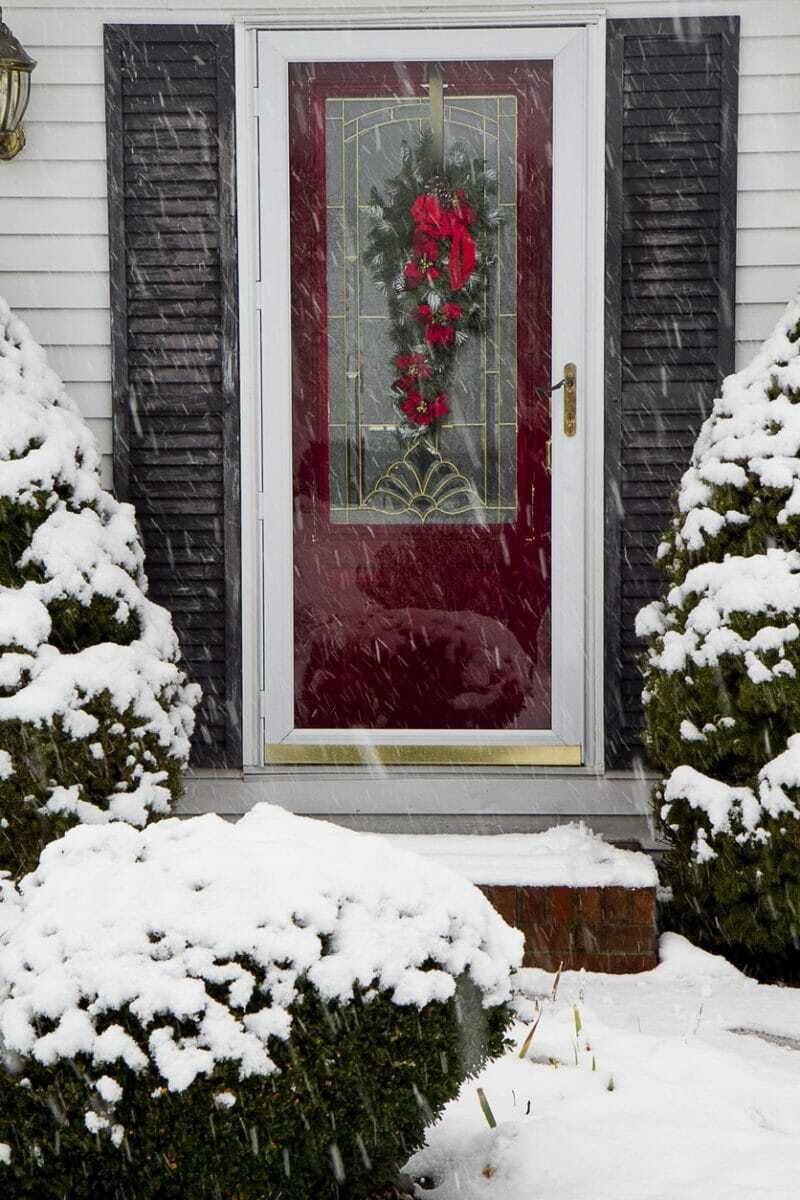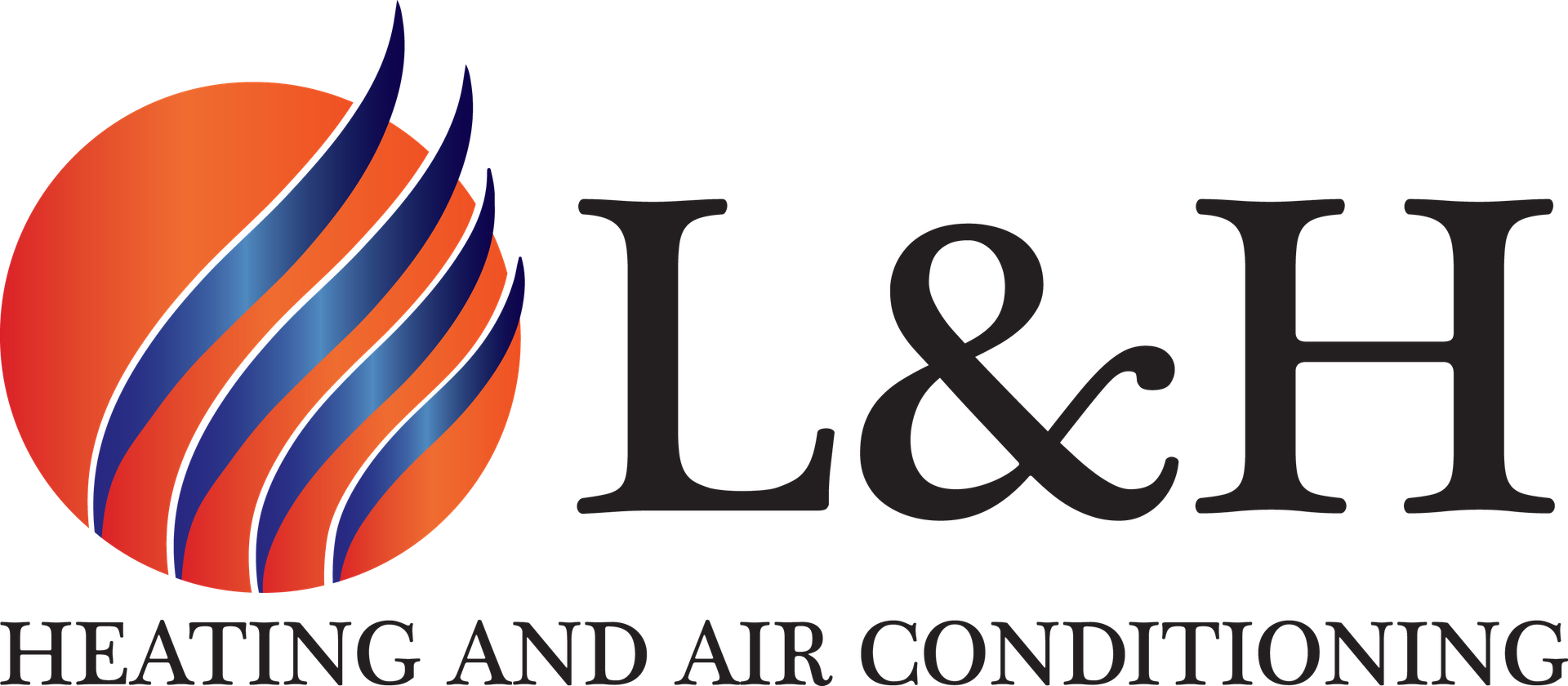
How To Stop Drafts in Your Home
January 25, 2021
Air leaks can make your home uncomfortable, may be frustrating and may cost you money. According to EnergyStar.gov, you can potentially save as much as 15 percent on your heating and cooling bills each year by properly sealing and insulating your home. Here are some tips to help get started.
KNOW COMMON SOURCES OF AIR LEAKS
If you've lived in your house for a while, you probably know where some air leaks are simply because you've felt them. And while windows and doors are common culprits, EnergyStar.gov says many air leaks come from other sources hidden away in the basement and attic of your home:
IDENTIFY YOUR HOME'S AIR LEAKS
First, you'll need to identify air leaks to help reduce drafts and make an impact on your energy bills, which you can do by following these tips.
Do a Visual Inspection
The Department of Energy (DOE) says you can start with a careful visual inspection inside and out. Look for gaps and cracks at the common points of air leakage (i.e., knee walls, dryer vents, outdoor faucets, attic hatches, sill plates) and pay close attention to the outer walls, doors and other openings of your home. Take notes of any cracks, gaps or other openings, so you can return and air-seal them later.
You can also perform a simple test to supplement your visual inspection. The DOE outlines various methods, but offers the following steps for performing a do-it-yourself smoke test:
You can also hire a professional Like L&H Heating and Air Conditioning to help identify air leaks
GATHER YOUR MATERIALS
Now that you've found your home's air leaks, it's important to get familiar with the tools of the trade. Caulk and spray foam are designed to help seal up gaps in stationary materials and fixtures like window frames (EnergyStar.gov recommends using caulk on holes 1/4 inch or less and spray foam on holes 1/4 inch to 3 inches).
Weatherstripping is meant for items that move, like doors and operable windows (between the frames and sashes). You might also need a few specialty materials, like high-temperature caulk, metal flashing and reflective foils, depending on the project.
One important thing to note: Air sealing may inadvertently cause a different problem — trapping indoor pollutants like radon or carbon monoxide and creating an unsafe situation inside your home. EnergyStar.gov says you should consider bringing in a professional to test for radon and to check whether heating appliances are sending out potentially harmful gases — both before and after doing any air sealing. You may need ventilation fans to help maintain safe air quality in your home.
PRIORITIZE YOUR PROJECTS
So, where to begin?
EnergyStar.gov recommends prioritizing projects based on the biggest opportunity for comfort and savings.
Attics
At the top of the list is your attic. Don't worry about finding all the little gaps and cracks, EnergyStar.gov says. Focus on sealing up the largest holes first, because that's where you may realize one of the biggest energy savings. An attic air sealing project might include creating pouches of fiberglass insulation to plug open stud cavities and gaps behind knee walls. You can also use reflective foil to cover soffits and fit aluminum flashing on the openings surrounding your furnace and water heater flues.
Basements and Crawl Spaces
From there, your next savings opportunity may come from tackling the basement and crawlspace, where sealing air leaks can help prevent cold floors and reduce drafts from below. A basement air sealing project might include using spray foam or caulk to seal cracks and openings in the basement walls, ceiling or floor. You may also want to seal along the gap between the sill plate and the foundation and at the bottom and top of each rim joist (where cement walls meet the wood frame) at each end of the house. Don't forget to also seal the openings around gas, water and electrical lines, ducts and wiring that pass to the outside (like your dryer vent). Larger holes might need pieces of insulation to help cover them.
Doors and Windows
Though leaks around doors and windows may likely result in your most noticeable drafts, sealing them typically has the smallest impact on your energy use, according to EnergyStar.gov. But, because these areas are readily accessible and the solutions tend to be simple, they offer an opportunity for a simple do-it-yourself job that may result in minimizing obvious uncomfortable drafts. A door or window air sealing project might include rolling self-adhesive weatherstripping (felt, vinyl, rubber or silicone) down the side of a window or installing a door sweep to help seal the gap between the bottom of the door and the threshold, says This Old House. You can also apply plastic over windows and fit inexpensive foam gaskets (found at most hardware stores) behind electrical outlets on perimeter walls.
Call on L&H Heating and Air Conditioning to help with these services and enjoy your cozy house and saving some money on your energy bills Today!
Air leaks can make your home uncomfortable, may be frustrating and may cost you money. According to EnergyStar.gov, you can potentially save as much as 15 percent on your heating and cooling bills each year by properly sealing and insulating your home. Here are some tips to help get started.
KNOW COMMON SOURCES OF AIR LEAKS
If you've lived in your house for a while, you probably know where some air leaks are simply because you've felt them. And while windows and doors are common culprits, EnergyStar.gov says many air leaks come from other sources hidden away in the basement and attic of your home:
- Knee walls (side walls that support attic rafters)
- Attic hatch/opening
- Wiring holes (cable TV, electrical outlets, phone lines)
- Plumbing vents
- Recessed lights and the soffit around these lights
- Furnace flues or ducts
- Basement rim joists (the meeting point of the foundation and wood framing)
IDENTIFY YOUR HOME'S AIR LEAKS
First, you'll need to identify air leaks to help reduce drafts and make an impact on your energy bills, which you can do by following these tips.
Do a Visual Inspection
The Department of Energy (DOE) says you can start with a careful visual inspection inside and out. Look for gaps and cracks at the common points of air leakage (i.e., knee walls, dryer vents, outdoor faucets, attic hatches, sill plates) and pay close attention to the outer walls, doors and other openings of your home. Take notes of any cracks, gaps or other openings, so you can return and air-seal them later.
You can also perform a simple test to supplement your visual inspection. The DOE outlines various methods, but offers the following steps for performing a do-it-yourself smoke test:
- Pick a cool and windy day, and turn off all appliances that create air disturbances or have exhaust fans, including the furnace, water heater, clothes dryer and bathroom fans.
- Shut all windows, exterior doors and fireplace flues.
- Carefully light a stick of incense and hold it near any potential points of air leakage (see the common points of air leakage list above).
- If the smoke begins moving unsteadily back and forth, or if it's sucked out of the room or blown into it, you have an air leak.
You can also hire a professional Like L&H Heating and Air Conditioning to help identify air leaks
GATHER YOUR MATERIALS
Now that you've found your home's air leaks, it's important to get familiar with the tools of the trade. Caulk and spray foam are designed to help seal up gaps in stationary materials and fixtures like window frames (EnergyStar.gov recommends using caulk on holes 1/4 inch or less and spray foam on holes 1/4 inch to 3 inches).
Weatherstripping is meant for items that move, like doors and operable windows (between the frames and sashes). You might also need a few specialty materials, like high-temperature caulk, metal flashing and reflective foils, depending on the project.
One important thing to note: Air sealing may inadvertently cause a different problem — trapping indoor pollutants like radon or carbon monoxide and creating an unsafe situation inside your home. EnergyStar.gov says you should consider bringing in a professional to test for radon and to check whether heating appliances are sending out potentially harmful gases — both before and after doing any air sealing. You may need ventilation fans to help maintain safe air quality in your home.
PRIORITIZE YOUR PROJECTS
So, where to begin?
EnergyStar.gov recommends prioritizing projects based on the biggest opportunity for comfort and savings.
Attics
At the top of the list is your attic. Don't worry about finding all the little gaps and cracks, EnergyStar.gov says. Focus on sealing up the largest holes first, because that's where you may realize one of the biggest energy savings. An attic air sealing project might include creating pouches of fiberglass insulation to plug open stud cavities and gaps behind knee walls. You can also use reflective foil to cover soffits and fit aluminum flashing on the openings surrounding your furnace and water heater flues.
Basements and Crawl Spaces
From there, your next savings opportunity may come from tackling the basement and crawlspace, where sealing air leaks can help prevent cold floors and reduce drafts from below. A basement air sealing project might include using spray foam or caulk to seal cracks and openings in the basement walls, ceiling or floor. You may also want to seal along the gap between the sill plate and the foundation and at the bottom and top of each rim joist (where cement walls meet the wood frame) at each end of the house. Don't forget to also seal the openings around gas, water and electrical lines, ducts and wiring that pass to the outside (like your dryer vent). Larger holes might need pieces of insulation to help cover them.
Doors and Windows
Though leaks around doors and windows may likely result in your most noticeable drafts, sealing them typically has the smallest impact on your energy use, according to EnergyStar.gov. But, because these areas are readily accessible and the solutions tend to be simple, they offer an opportunity for a simple do-it-yourself job that may result in minimizing obvious uncomfortable drafts. A door or window air sealing project might include rolling self-adhesive weatherstripping (felt, vinyl, rubber or silicone) down the side of a window or installing a door sweep to help seal the gap between the bottom of the door and the threshold, says This Old House. You can also apply plastic over windows and fit inexpensive foam gaskets (found at most hardware stores) behind electrical outlets on perimeter walls.
Call on L&H Heating and Air Conditioning to help with these services and enjoy your cozy house and saving some money on your energy bills Today!
